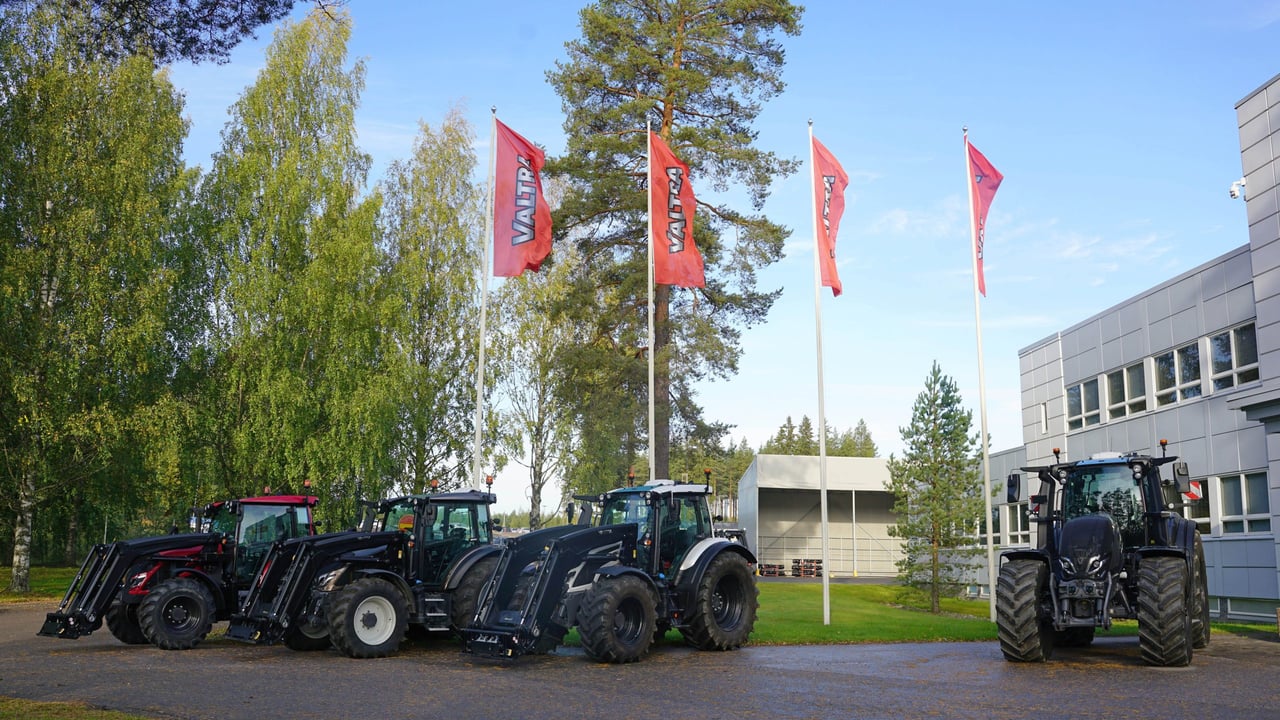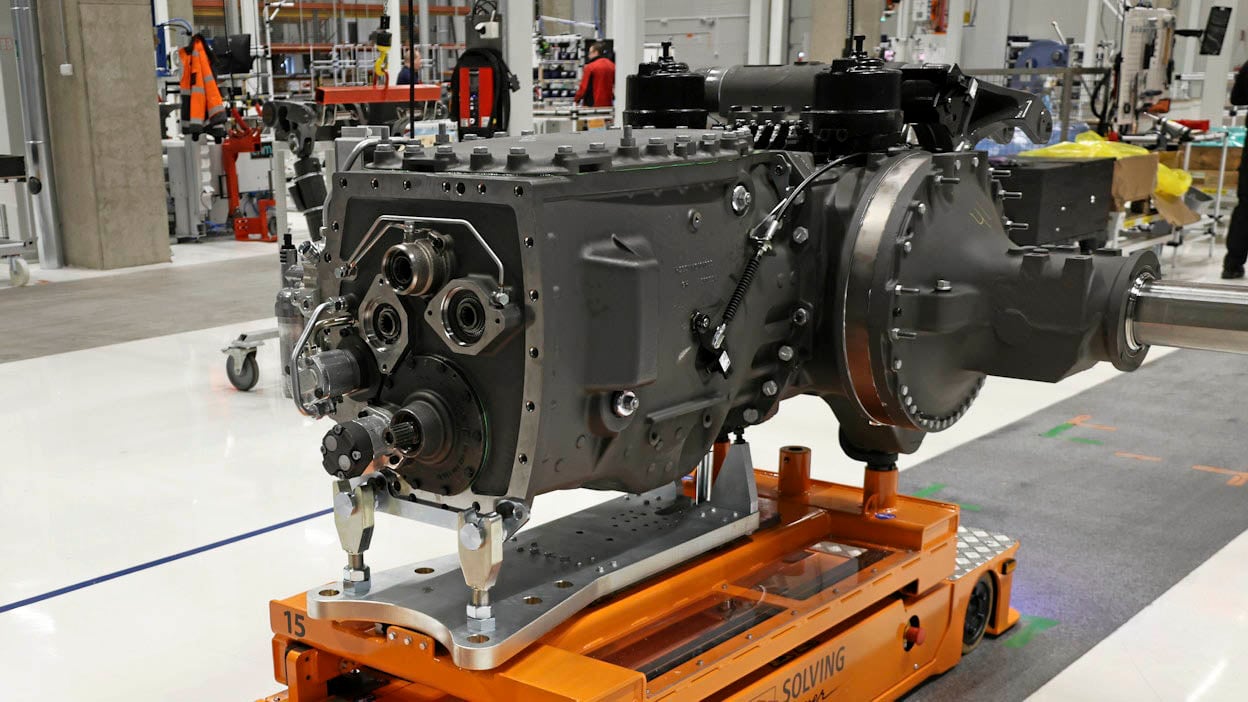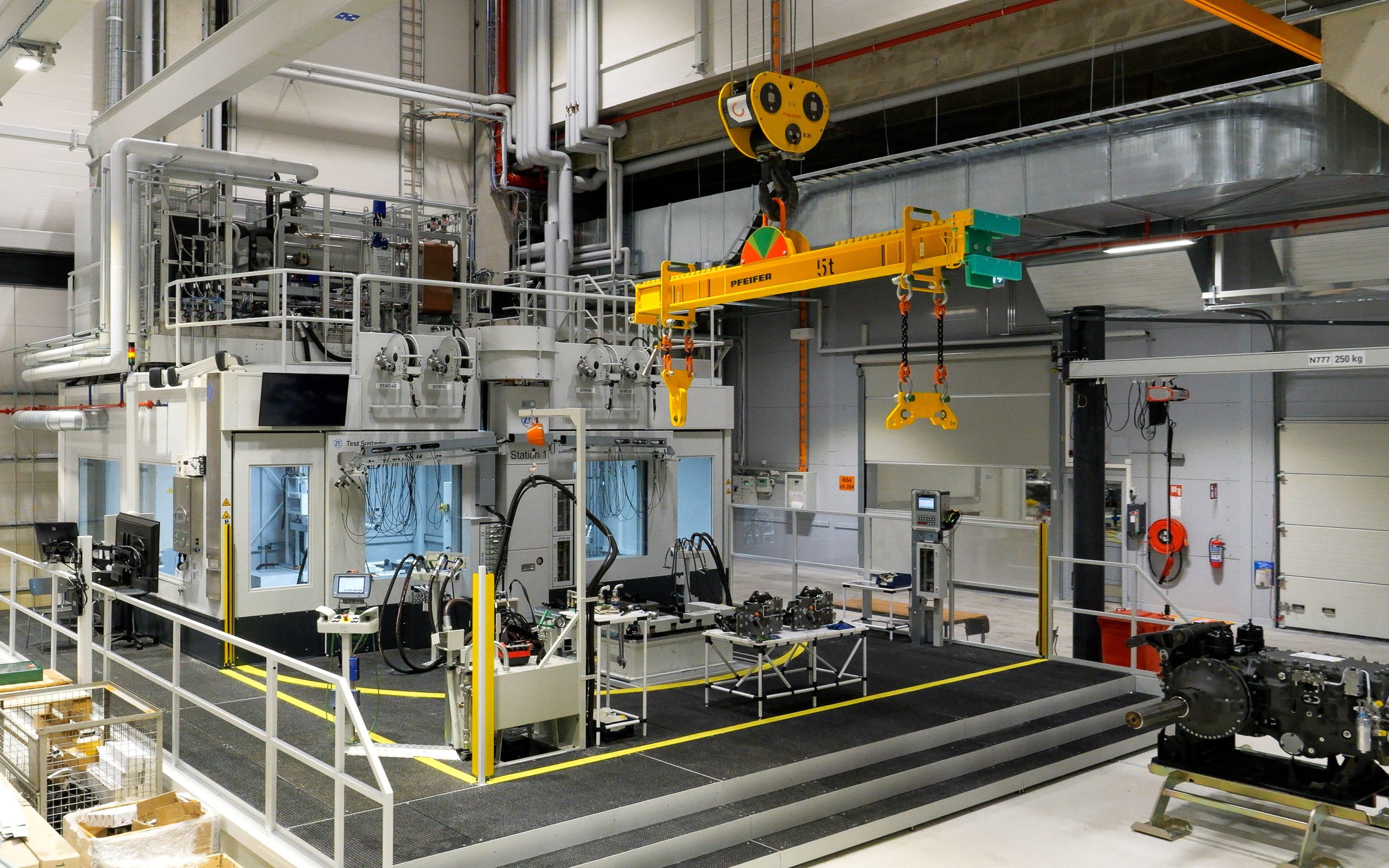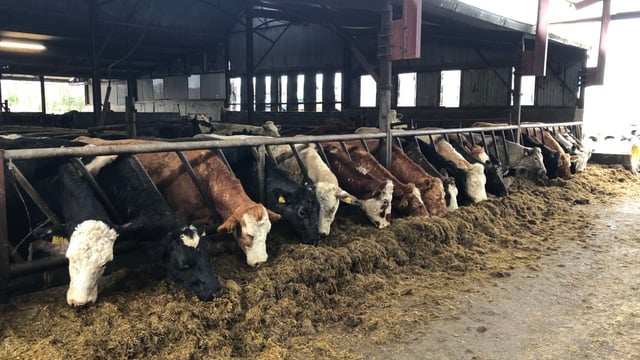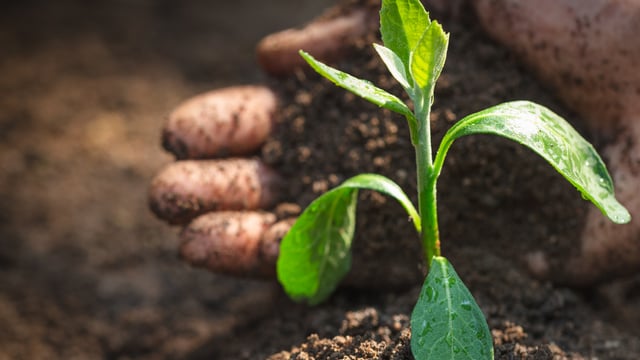Valtra's new CVT facility now online at Suolahti factory
In April of last year, Valtra announced the expansion of its Suolahti transmission plant and recently it was announced that it has been completed on schedule, bringing with it thousands of square metres of new production space.
The new 3,200m2 production area built at the northern end of the transmission plant now assembles and tests CVT transmissions for Q and S Series tractors which are the first tractors to benefit from the expansion.
At the southern end, a 1,300m2 factory extension has been constructed to house the machining of transmission components with seven FMS (flexible manufacturing system) machining centres worth over €1 million each being installed.
The investment is intended to enable the expansion of the production of AGCO's continuously variable transmissions (CVT) as customer demand rises for this type of drive due to the relentless rise in horsepower.
The factory at Suolahti currently produces gearboxes for the Valtra N and T Series tractors and supplies transmissions for the South American market and components for other AGCO production facilities.
The introduction of the new Valtra Q and S series gearbox test bench expediates the production of higher-performance tractors as these machines grow in popularity.
"This investment will allow us to double our transmission capacity and bring new expertise to the Valtra lineup of tractors," transmission plant manager, Kullervo Mansikkala said.
“It will also create new jobs in Suolahti. We are improving the safety and working environment for our team through increased automation and precision machining, which will provide a cleaner and quieter workplace."
Another important part of the programme is the expansion of the testing and validation laboratory with full climatic control.
Naturally the temperature can be adjusted to the extremes of hot and cold, but now it can be kept constant during testing, this had become difficult as tractor size increased and longer test runs became a challenge for the refrigeration units.
The use of the latest technology is not confined to the tractors, it has played a huge role in the the expansion project itself.
The new production facility has been designed using a digital twin, real-time virtual replica of the entire production facility, including machines, processes, and workflows.
This has enabled the simulation of the whole production process, allowing efficiency, safety and worker ergonomics to be analysed and production to start directly at the optimum level.

